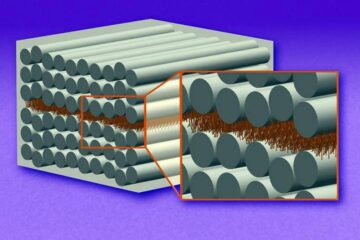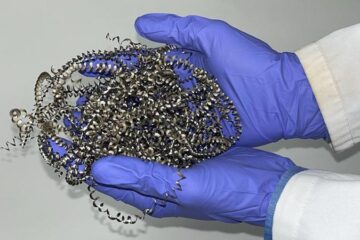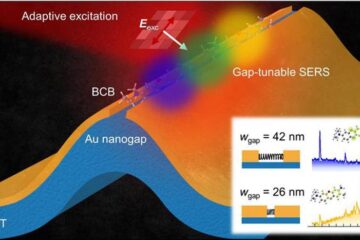Unique animal species can survive in space

This has been established by Ingemar Jönsson, a researcher at Kristianstad University in Sweden.
It has been nearly a year since the ecologist Ingemar Jönsson had some 3,000 microscopic water bears sent up on a twelve-day space trip. The aim of the research project, which was supported by the European Space Agency, was to find out more about the basic physiology of tardigrades by seeing if they can survive in a space environment.
Now Ingemar Jönsson and his colleagues in Stockholm, Stuttgart, and Cologne are publishing their research findings, including an article in the international journal Current Biology.
“Our principal finding is that the space vacuum, which entails extreme dehydration, and cosmic radiation were not a problem for water bears. On the other hand, the ultraviolet radiation in space is harmful to water bears, although a few individual can even survive that,” says Ingemar Jönsson.
The next challenge facing Ingemar Jönsson is to try to understand the mechanisms behind this exceptional tolerance in water bears. He suspects that even the water bears that got through the space trip without any trouble may in fact have incurred DNA damage, but that the animals managed to repair this damage.
“All knowledge involving the repair of genetic damage is central to the field of medicine,” says Ingemar.
“One problem with radiation therapy in treating cancer today is that healthy cells are also harmed. If we can document and show that there are special molecules involved in DNA repair in multicellular animals like tardigrades, we might be able to further the development of radiation therapy.”
Tardigrades survive exposure to space in low Earth orbit
K. Ingemar Jönsson, Elke Rabbow, Ralph O. Schill, Mats Harms-Ringdahl, and Petra Rettberg
Current Biology, Vol 18, R729-R731, 09 September 2008
Ingemar Jönsson can be reached at phone: +46-(0)70 2666 541 or e-mail at: ingemar.jonsson@hkr.se
Pressofficer Lisa Nordenhem, lisa.nordenhem@hkr.se; +46-703 176578
Water bear facts
Water bears (tardigrades) are multicellular, invertebrate animals about one millimeter in size. They exist in nearly all ecosystems of the world. What makes them unique is that they can survive repeated dehydration and can lose nearly all the water they have in their bodies. When dehydrated, they enter into a dormant state in which the body contracts and metabolism ceases. In this death-like dormant state, water bears manage to maintain the structures in their cells until water is available and they can be active again.
Media Contact
All latest news from the category: Life Sciences and Chemistry
Articles and reports from the Life Sciences and chemistry area deal with applied and basic research into modern biology, chemistry and human medicine.
Valuable information can be found on a range of life sciences fields including bacteriology, biochemistry, bionics, bioinformatics, biophysics, biotechnology, genetics, geobotany, human biology, marine biology, microbiology, molecular biology, cellular biology, zoology, bioinorganic chemistry, microchemistry and environmental chemistry.
Newest articles

“Nanostitches” enable lighter and tougher composite materials
In research that may lead to next-generation airplanes and spacecraft, MIT engineers used carbon nanotubes to prevent cracking in multilayered composites. To save on fuel and reduce aircraft emissions, engineers…

Trash to treasure
Researchers turn metal waste into catalyst for hydrogen. Scientists have found a way to transform metal waste into a highly efficient catalyst to make hydrogen from water, a discovery that…

Real-time detection of infectious disease viruses
… by searching for molecular fingerprinting. A research team consisting of Professor Kyoung-Duck Park and Taeyoung Moon and Huitae Joo, PhD candidates, from the Department of Physics at Pohang University…





















